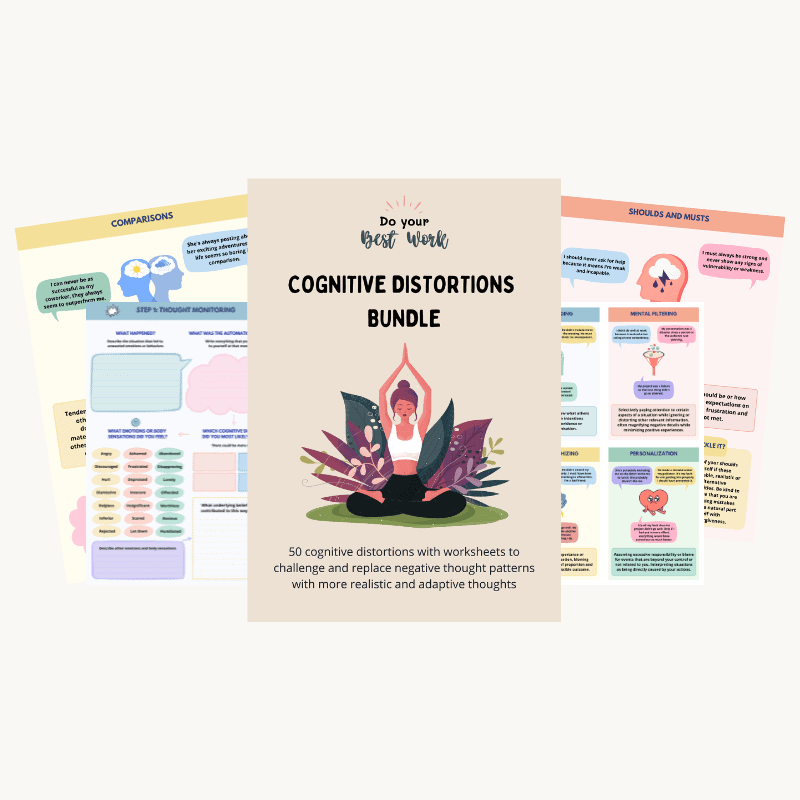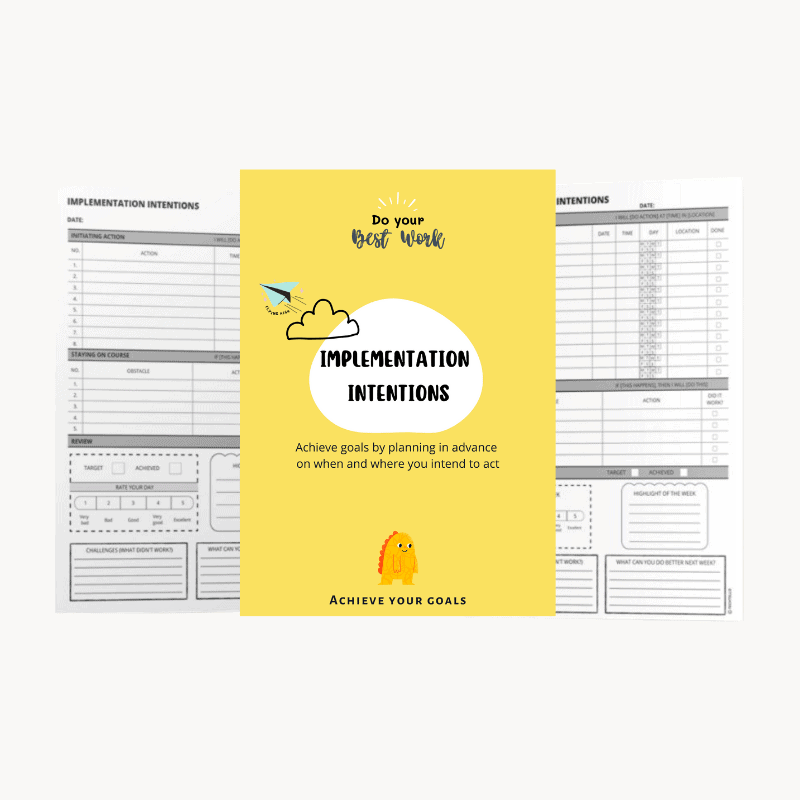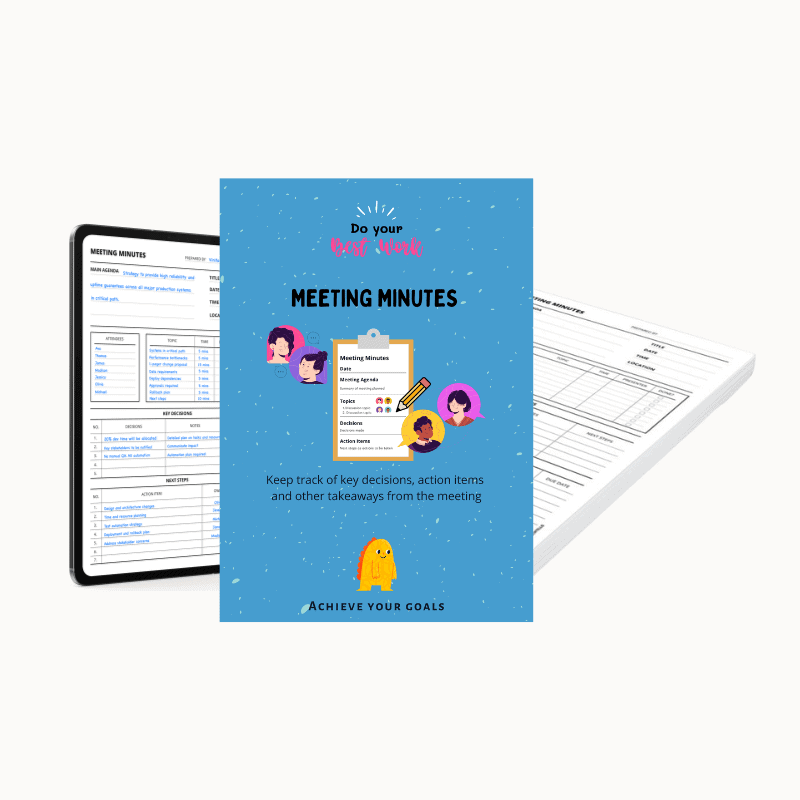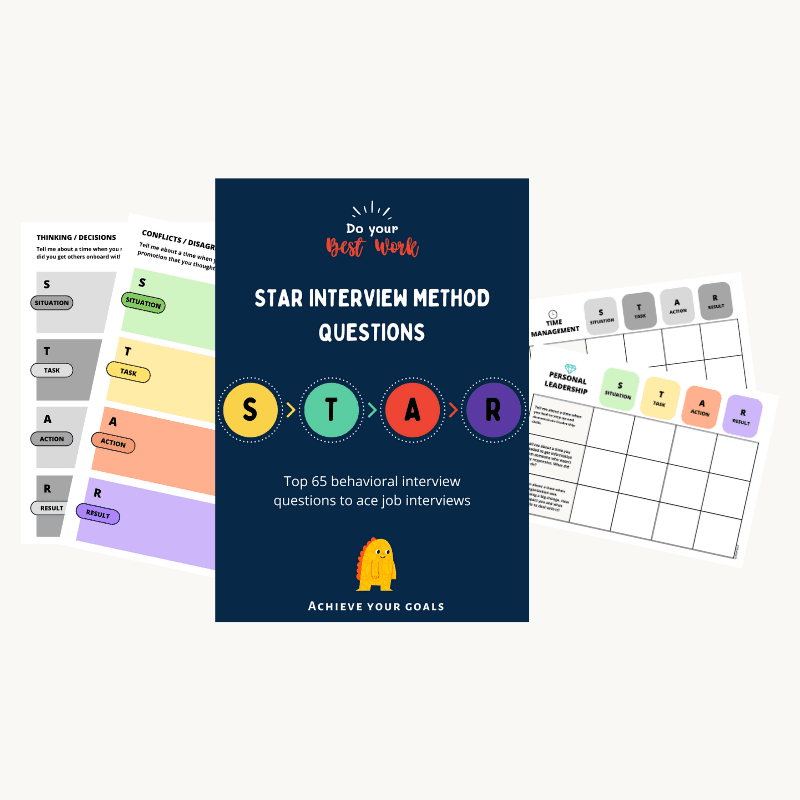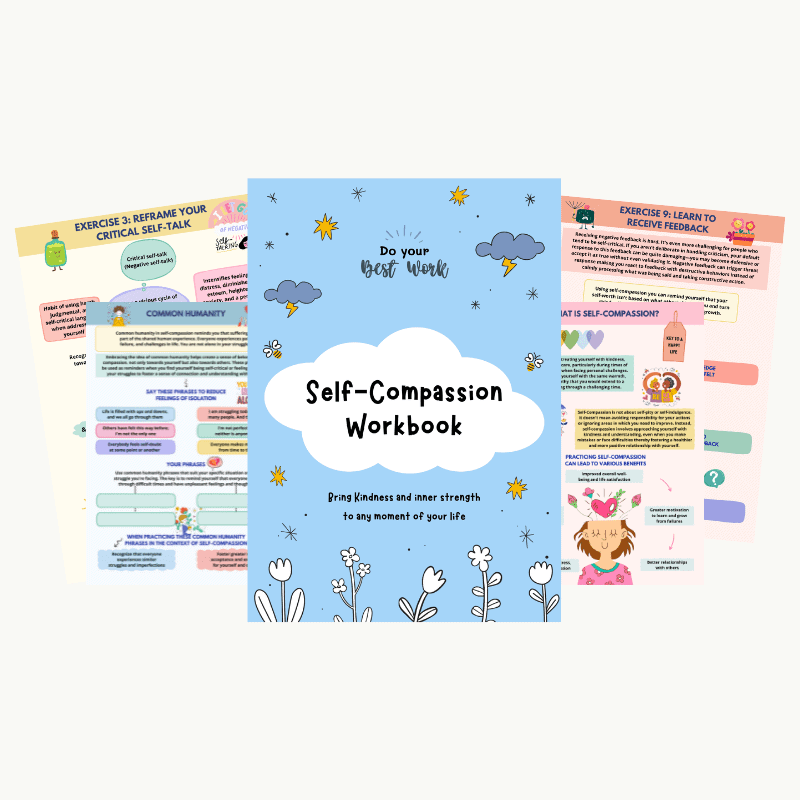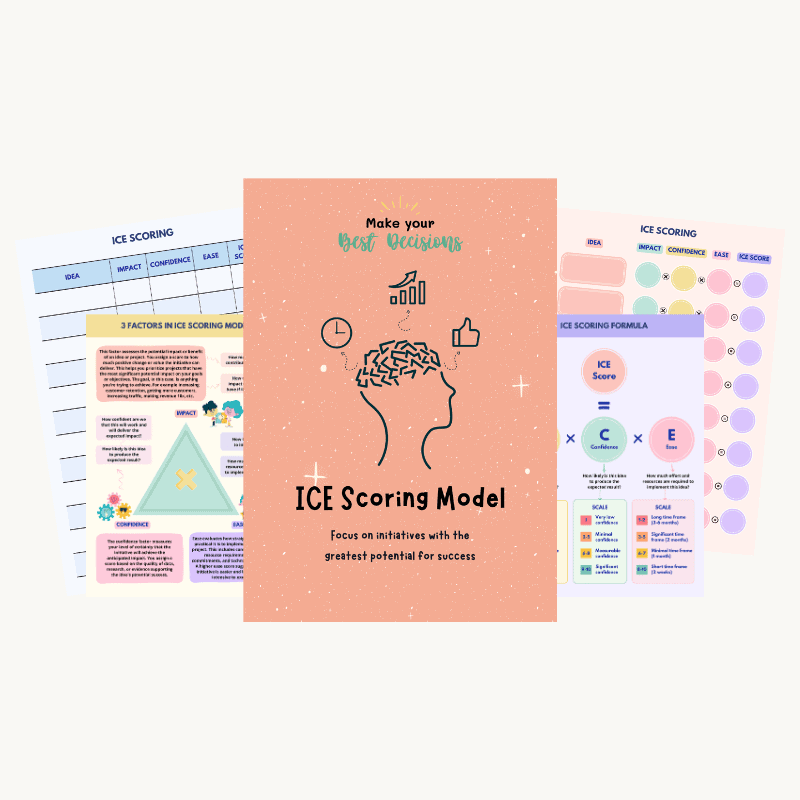10 Practices to Master the Art of Active Listening

How many times have you been told?
You are not listening to me.
Will you let me finish?
That’s not what I meant!
You may find it hard to listen because as soon as someone starts talking, instead of paying attention to their words, your mind gets activated and already starts constructing the response.
What do I agree with?
What I don’t like?
What would I say?
You may talk to prove you are smart, knowledgeable, experienced and worthy of other’s time and respect. You may share your opinion, tell your stories and dole out advice. You may try to get attention by raising your voice, repeating what you want others to hear or saying things in a manner that’s likely to get their attention by being sarcastic or strongly opinionated.
Speaking instead of listening discourages the other person from opening up, sharing and saying what they needed to say. It makes them feel ignored and misunderstood. Fault finding or rushing in with an opinion can also make them shut down and prevent them from sharing authentically.
Think about this: How do you feel when you’re not being heard—frustrated, annoyed and angry at the other person? Do you feel like they don’t really know you or they don’t really get who you are? This is exactly how others feel when you don’t listen.
Listening poorly limits your understanding of others which deprives you from bonding, building trust, learning, growing and most important of all, evolving as a human being.
There’s a cost to not listening—stress in the workplace, poor relationships, misunderstandings, errors, missed opportunities, arguments, stalled projects, avoidable conflicts, and wasted time.
How you listen and respond to others has a significant impact on the quality of your relationships—be it workplace, family or friends.
Nothing hurts more than the sense that the people we care about aren’t really listening. We never outgrow the need to have our feelings known.
― Michael P. Nichols, The Lost Art of Listening
Use these 10 practices to master the art of active listening:
Bring goals into focus
Goals provide direction, motivation, and a clear framework for achieving desired outcomes. Even with impromptu conversations, thinking briefly about your goal for the conversation helps in getting into the right frame of mind and constructing a more thoughtful response. It prevents you from saying the first thing that comes to mind, jumping to conclusions or ignoring others emotions and perspectives.
When you approach conversations without a clear goal in mind, you’re much more likely to overreact or say and do things that leave the other person feeling unheard, insignificant or dismissed. Discussions become unfocused and meandering, taking longer to reach conclusions or decisions. Misunderstandings and lack of clarity can lead to disagreements and conflicts.
Listening with clear goals in mind enhances your ability to engage deeply, understand thoroughly and respond effectively in conversations. It leads to more structured and purposeful conversations, reducing distraction, improving comprehension, and enhancing mutual understanding.
But it’s important to distinguish between positive and negative motivation to ensure your listening habits are constructive. A negative motivation may be to prove you are right, others are wrong, change their mind, make them look foolish, poke holes in their argument or boost your ego. Positive motivation includes the desire to make a decision, resolve a conflict, build a stronger relationship or offer emotional or practical support.
For example:
Scenario: Meeting with the team about the upcoming deadline.
Purpose: To understand the current status of tasks and identify any potential roadblocks.
Positive listening goals:
- Understand the progress each team member has made on their tasks.
- Identify any challenges or issues the team is facing.
- Clarify the next steps and deadlines for the project.
Scenario: Meeting with the manager to discuss performance review.
Purpose: To understand strengths and areas for improvement.
Positive listening goals:
- Understand the specific feedback on your performance.
- Identify actionable steps to improve in areas highlighted by your manager.
- Clarify any uncertainties or questions you have about the feedback.
Listening is a way of offering others our scarcest, most precious gift: our attention. Once we’ve demonstrated that we care about them and their goals, they’re more willing to listen to us.
― Adam M. Grant, Think Again
Clear the clutter
We are often stuck in our own heads with thoughts, ideas, and concerns that keep us preoccupied during conversations, preventing us from paying attention to the person right in front of us.
Fantasizing about an upcoming vacation.
Worrying about a deadline tomorrow.
Analyzing a decision over and over again.
Our brain is naturally inclined to think about unresolved issues, future plans, or past events, leading to habitual mind wandering. Our worries and anxieties also distract the mind, making it difficult to focus on the present moment.
Being present goes beyond being physically available—you need to be out there tuned into the conversation mentally and emotionally.
To stay present and listen actively to another person, you need to quieten the internal monologue. Getting out of your head and back to the present is the key.
To do this:
- Remind yourself of the importance of staying focused and engaged to truly understand and connect with the other person’s perspective.
- Look outside of yourself and your own needs. Set aside whatever is on your mind long enough to concentrate on what the other person has to say.
- Get things out of your head onto a paper. Writing things down will free up your mind to focus and concentrate on the words and emotions of another person.
- When an unwanted thought pops up, acknowledge it and promise yourself to get to it later.
- Schedule a specific time slot for mind wandering and daydreaming. By giving yourself a specific time for mind wandering, you’ll find it easier to focus your attention during other times.
- Put away your phone, laptop and other such sources of distraction.
- Incorporate regular exercise into your routine. Engaging in physical activity boosts cognitive function and helps manage stress, which can reduce mind wandering.
- Schedule short breaks to rest your mind and prevent fatigue. It will keep your mind fresh and focused by providing structured work and rest periods.
- Take slow, deep breaths and deliberately loosen any muscles you’ve been tensing unintentionally.
- Notice as your mind drifts away from the conversation and consciously bring it back to the present moment and to the person in front of you.
Cognitive Distortions Bundle
Challenge and replace irrational thoughts with more realistic and adaptive thoughts.
None of us are good listeners all the time. It’s human nature to get distracted by what’s going on in your own head. Listening takes effort.
― Kate Murphy, You’re Not Listening
Decode unspoken signals
Research shows that words, body language, and tone of voice account for 7%, 55%, and 38% of effective communication, respectively.
When we only pay attention to someone’s words and ignore their true intent—what do they mean, what are they trying to express, what hasn’t been said—we miss out on a large part of communication that ultimately turns into a source of confusion, misalignment of expectations and misunderstandings.
Good listening involves picking up the subtle signals that you would otherwise miss. It involves reading between the lines and paying attention to the way something is said or the context in which those words are spoken.
Like an iceberg, where only a small portion is visible above water while the majority remains hidden beneath, in communication, the visible part (words) represents only a small fraction of the full message. Below the surface lies a vast array of unspoken elements, such as emotions, beliefs, values, and cultural norms, which significantly influence the interaction.
People’s words are just the tip of the iceberg in terms of what they want to communicate. To get to their hidden agendas, you need to dig beneath the words and get to the meaning behind them. Going beyond the tip of the iceberg gives insights into their true feelings and thoughts.
- Listen not just to words, but underlying needs, moods, feelings and emotions.
- Watch for their posture, hand gestures, and facial expressions—rolling eyes, raising eyebrows, feet tapping, arms crossed, frowning.
- Pay attention to their pauses and tone of voice to interpret what’s being said or left unsaid.
- Pick up hidden meanings and nuances in tone.
Consider the deeper, often hidden elements that influence interactions.
What’s going on in their mind?
What’s hidden behind those words?
Do they look nervous, frustrated, annoyed?
Does their tone match what they’re saying in words?
What unspoken signals can you gather from the conversation?
What’s their intent?
For example:
Scenario: Manager meeting stakeholders about a project deadline.
Above the surface:
- Words: We need to extend the project deadline by two weeks.
- Body language: Frowning with a tense posture.
- Tone of voice: Tone is firm and slightly anxious.
Below the surface:
- Beliefs: Team is overworked and needs more time to produce quality work.
- Values: Values high-quality outcomes over speed.
- Emotions: Feels stressed and concerned about the team’s well-being.
- Cultural norms: In their cultural context, it’s important to prioritize team health and work-life balance.
- Experiences: Past experiences with rushed projects have resulted in poor outcomes.
- Intentions: Ensure project’s success without compromising on team’s morale and well-being.
Stakeholders response when only paying attention to their words: Interpret it as a sign of poor planning and blame the manager for not meeting their commitment.
Stakeholders response after digging deeper: Understand that delivering high quality work requires additional time. Unforeseen challenges and other difficulties can sometimes get in the way. Discuss how to minimize the impact of pushing the delivery timeline.
Uncover Hidden Meanings
Move beyond surface-level problems to uncover underlying causes, enabling better-informed and long-term decisions.
Listening is not the act of hearing the words spoken, it’s the art of understanding the meaning behind those words.
— Simon Sinek
Empower your presence
When listening to others, your body language plays a critical role. It can convey emotions, intentions, and attitudes without words. Non-verbal cues like smiles, frowns, or slumped shoulders communicate emotions such as joy, frustration, or sadness more clearly than words alone. How you carry yourself, including posture and gestures, can indicate whether you feel confident or uncertain, influencing how others perceive you.
While positive body language enhances communication by signaling attentiveness, empathy and engagement, negative body language can convey disinterest or judgment creating barriers, misunderstandings, and emotional distance.
Negative body language includes crossed arms, avoiding eye contact, fidgeting or checking phone, impatient gestures, lack of facial expressions, closed posture and negative reactions like rolling eyes or sighing. Positive body language requires maintaining eye contact, gestures like nodding, open hand movements, or subtle head tilts to show that you are following along and interested. Using a warm, supportive tone that matches others emotional state and content of their message can also reinforce engagement and empathy, making the interaction more positive.
Example of negative body language:
Scenario: Team member sharing constructive criticism.
Body language: Crossed arms and checking phone during the conversation.
Impact: Team member feels dismissed and unimportant, leading to frustration and reluctance to share feedback in the future.
Example of positive body language:
Scenario: Team member sharing constructive criticism.
Body language: Maintaining eye contact, nodding in agreement, and leaning slightly forward.
Impact: Team member feels heard and valued, leading to a constructive and open feedback session.
When our body language is confident and open, other people respond in kind, unconsciously reinforcing not only their perception of us but also our perception of ourselves.
― Amy Cuddy, Presence
Empty the bucket
We habitually interrupt others when they are talking without realizing its negative impact on them. Frequent interruptions can damage trust and rapport as others feel dismissed, invalidated, or undervalued. It can also break the natural flow of conversation, making it difficult for them to express their ideas and thoughts clearly.
There can be many reasons for preemptively finishing others sentences or cutting them off:
- You want your opinions to be heard and valued and fear that your ideas will be overlooked or ignored if you don’t speak sooner.
- You assume that you already know what the other person is going to say.
- A competitive mindset can drive you to dominate conversations, seeing interruptions as a way to win or assert superiority.
- You want to draw attention to yourself, seek validation or recognition from others.
- When the person speaking is slow or long-winded, you may do it out of impatience or frustration.
- A strong urge to clarify, correct, or add to what they’re saying.
- Working in high-pressure environments where quick decision-making is necessary can condition you to interrupt to expedite communication.
For example:
Scenario: Amelia is presenting ideas for a new project during a team meeting. Before she could finish, Charles interrupts her with a different approach.
Impact: Amelia feels disrespected as the flow of her thoughts is disrupted.
Scenario: While Jane is sharing an update on her tasks during a virtual team meeting, her manager, Tom, interrupts her with questions without letting her finish her update.
Impact: Jane becomes flustered and loses her train of thought.
To have a constructive dialogue, allow others to empty their bucket―let them speak everything on their mind. Allowing them to express their thoughts and feelings fully signals that their opinions and contributions are valued. It can provide emotional relief and validation that can foster trust, strengthen relationships and encourage collaborative problem-solving.
What if they go on and on? What should you do then?
Active listening is targeted, focused and time bound. It’s not allowing others to speak endlessly while waiting for your turn.
If someone goes on and on without giving you and others a chance to speak, it can be challenging to manage the conversation. Lean forward slightly, make eye contact, or raise your hand gently to signal that you’d like to interject without being disruptive.
To handle such situations respectfully and effectively, say:
I value your input, but we need to make sure everyone has a chance to speak. Can we try to keep our comments brief so we can hear from everyone?
You’ve made some great points, and I want to ensure we cover other perspectives as well. Let’s hear from [xyz].
I’m sorry to interrupt, but I’d like to add something here before we move on.
Thank you for sharing your thoughts. To summarize, you believe that… Is it ok if I share my thoughts on it?
I appreciate your enthusiasm, but I notice that our time is running short. I’d like to add that ….
It is unimpressive to interrupt another person while they are talking. Interrupting someone in mid-sentence demonstrates that your focus is on yourself, not the person talking.
― Susan C. Young, The Art of Action
Let curiosity take the wheel
Our brain, which is a meaning-making machine, likes to make sense of things. This makes it jump to conclusions based on our prior experiences, expectations and beliefs.
These mental shortcuts about others or what they want prevents us from truly understanding them―we draw conclusions and stick to them as our mind filters information by accepting everything that matches our conclusions and rejecting anything that contradicts it.
We stop listening the moment we let our judgments and opinions overpower our sense of curiosity. We get so bogged down by the story in our mind that we refuse to see anything beyond it. But our conclusions about others are faulty most of the time and drawing them preemptively can prevent us from fully understanding others or hearing them out.
Signs that indicate you are judging others:
- Displaying closed-off or disapproving body language, such as crossed arms, eye-rolling, or frowning.
- Using sweeping statements like “You always…” or “You never…” which indicate a preconceived notion about their behavior.
- Offering unsolicited advice or criticism before fully understanding the context or issue.
- Attaching labels based on their actions, such as calling them lazy or incompetent without deeper understanding.
- Using a condescending or sarcastic tone when responding to them, indicating disapproval or judgment.
- Becoming defensive or argumentative when they challenge your views, indicating that you are more focused on defending your opinion than understanding theirs.
- Showing signs of impatience when they are talking, such as sighing, looking at the clock, or appearing restless.
- Outrightly rejecting their ideas without proper evaluation.
- Avoiding engaging with them due to preconceived notions about their abilities or character.
For example:
You always make the wrong decisions.
I expected more from someone like you.
That’s not how a responsible person would act.
You really don’t have any common sense, do you?
That’s just a ridiculous way to handle things.
I would never do something as careless as that.
Lead with a high degree of self-awareness when it comes to identifying triggering words or other things like your fears, desires or dreams that hijack your ability to listen well and make you jump to conclusions. Restrain yourself from disagreeing, giving advice or being fixated on a certain opinion.
To stop judging and listen actively, ask yourself these questions:
- What biases, life circumstances, background or upbringing can make someone display those emotions or say such things?
- What could be their underlying motivations or purpose in what they’re saying?
- What emotions might they be feeling that’s causing them to think and act this way?
- Under what circumstances might you display similar emotions or behave in the same way?
Stop jumping to conclusions
Make informed, objective, and rational decisions, reducing the potential for bias and flawed reasoning.
Human beings are poor examiners, subject to superstition, bias, prejudice, and a profound tendency to see what they want to see rather than what is really there.
― M. Scott Peck, The Road Less Traveled
Seek to understand
The biggest mistake we make in conversations is trying hard to make ourselves understood without understanding others first. Conversations get messy when we don’t put an effort to grasp other’s point of view, validate their feelings and recognize their perspective. People are more likely to share openly and honestly when they feel heard and understood. Understanding the full context and underlying issues also allows for more effective problem-solving and decision-making. It gets you on the same page as them and move forward constructively.
Seek to understand by using these approaches:
Paraphrasing
Restate what they said in your own words to show you’ve understood. It clarifies their message and confirms your comprehension.
What I’m hearing is…
In other words, you’re saying…
If I understand correctly, you mean…
Clarifying
Ask for confirmation or elaboration to ensure you grasp their point. It helps avoid misunderstandings and provides deeper insight into their perspective.
Just to make sure I’m clear, you’re saying…
Let me see if I’ve got this right. You believe…
Can I check my understanding? You’re suggesting that…
Reflecting
Mirror their emotions or thoughts to validate their feelings. It shows empathy and helps them feel heard and understood.
It sounds like you’re feeling…
You seem to be saying…
It appears that you think…
Confirming
Check with them to make sure your understanding is accurate. It prevents assumptions and ensures you’re both on the same page.
Is that correct?
Do I have that right?
Am I understanding you correctly?
Summarizing
Condense the main points of the conversation to capture the essence. It reinforces understanding and helps focus on key issues.
To summarize, you’re concerned about…
In summary, you’re looking for…
So, the main points are…
Echoing
Repeat key phrases or points. It emphasizes important aspects of their message and shows active listening.
You mentioned that…
You pointed out that…
You said that…
Encouraging
Invite them to share more details or expand on their thoughts. It shows genuine interest and encourages deeper conversation.
Tell me more about…
I’d like to hear more about…
Can you explain further about…
To try to understand the experience of another it is necessary to dismantle the world as seen from one’s own place within it, and to reassemble it as seen from his.
― John Berger, A Seventh Man
Unleash the power of silence
Pauses and empty spaces in conversations are uncomfortable and awkward. Silence gives us the sense that something is wrong, which puts an inherent pressure on us to respond. In order to keep the conversation flowing, as soon as someone pauses, we speak up. We say things even when we have nothing meaningful to add because speaking up alleviates discomfort and gives us the illusion that our contribution eased out the conversation and kept it going.
In reality though,
- Filling silence with words makes conversations feel rushed and stressful.
- It takes away the opportunity for reflection and contemplation, which is crucial for thoughtful and insightful responses.
- Constant talking can also overwhelm others, leaving them with little space to contribute their thoughts and feelings.
When a pause occurs, consciously resist the urge to fill it with words. Notice your discomfort with silence and acknowledge it without judgment. Remind yourself that silence is a natural part of conversations and can provide space for deeper thought.
Tell yourself this when you feel the urge to speak:
I trust the natural flow of the conversation.
Listening is my priority.
It’s okay to take my time.
This moment of quiet is valuable.
Silence can make the conversation richer.
I allow space for the other person to speak.
Silence gives time to reflect on what’s been said, allowing for more thoughtful and considered responses. Quiet moments can help generate new ideas and solutions, as they allow space for creative thinking and brainstorming. Knowing they won’t be immediately interrupted gives others the opportunity to contribute more to the conversation and express their emotions freely.
If you really seek to understand, without hypocrisy and without guile, there will be times when you will be literally stunned with the pure knowledge and understanding that will flow to you from another human being. It isn’t even always necessary to talk in order to empathize. In fact, sometimes words may just get in your way.
― Stephen R. Covey, The 7 Habits of Highly Effective People
Embrace the sponge mentality
We have a strong tendency to fix other people―we jump in to give advice, offer solutions, point out flaws and may even downplay or invalidate their emotions, suggesting that they shouldn’t feel a certain way. Telling people what to do or how to feel makes them defensive. Reassuring someone that all will be ok minimizes their concerns and dismisses their feelings.
Most of the time, others aren’t looking for solutions when they tell you something or share a concern. They just want to be heard. Instead of providing solutions, ask questions. Inquiry in the form of questions shows that you’re interested in them, their work and their life. They may share a lot of information (some related and a lot unrelated)—your job is to identify the most important parts and help them focus on it.
Asking questions encourages elaboration making the person talking reflect on their own thoughts and identify what truly matters to them. It gives them the space to process their emotions and find their own solutions.
Good questions leave them thinking:
They get it.
This is exactly what I meant.
Someone who understands me.
To truly get others to open up, ask specific and directed questions. Vague and general questions are hard to answer and often don’t come across as curious and inviting. Questions like “What’s new?,” “How are you?,” “What’s up?” are small-talk and tell people that you aren’t really interested in them.
Use open-ended questions to gain more insights into their thoughts and feelings—don’t ask questions with the intent to fix, correct or save them. Closed-ended questions tend to be opinionated and usually directed towards your own experience, beliefs and expectations.
Open-ended questions
- Encourages detailed responses by inviting others to share their thoughts and feelings.
- Promotes discussion by seeking insights into others perspectives.
- Often begin with: How, What, Why, Describe, Explain.
For example:
What are the potential impacts of this decision?
How do you envision the future of this project?
What challenges did you encounter during the implementation?
Closed-ended questions
- Elicit short, definitive responses such as yes or no.
- Limits discussion by seeking specific responses.
- Often begin with: Did, Are, Have, Do, Can.
For example:
Did you attend the meeting yesterday?
Did the project meet its deadline?
Can you complete the task by the end of the day?
A good listener is not only one who processes the spoken word and the meaning behind the words accurately, but one who makes the speaker feel valued by encouraging him to expand on his ideas and feelings. A good listener touches the lives of those to whom he listens.
― Rebecca Z. Shafir, The Zen of Listening
Put the spotlight on them
In a conversation, instead of putting the spotlight on the other person, most of the time our attention and focus is on us. We respond by sharing our own personal stories and experience, thinking it will help us connect better, but speaking about our experiences steers the focus away from them.
Shifting the focus to yourself makes others feel ignored, misunderstood and unappreciated. They feel excluded or undervalued, leading to a sense of disconnection. It also makes you come across as self-centered, egotistical and uninterested in them.
We respond to others in 2 ways:
- Shift response
- Support response
Shift response (attention seeking)
Directs attention away from the person speaking towards you by sharing your experiences or opinions.
For example:
That reminds me of the time …
It happened to me too …
You know this one time …
Another kind of a shift response is one where you don’t share your experience, but invalidate how someone is feeling by saying things with the intent to make them feel better. Such responses minimize how they feel and convey to them that you don’t take their concerns seriously.
Don’t worry about it.
Everything is going to be ok.
Don’t be silly. It’s not that bad.
I know you’ll soon change your mind.
Support response (attention giving)
Encourages elaboration to gain deeper understanding of their concerns, troubles, needs and experiences by keeping the spotlight on them. It acknowledges and validates their feelings, reinforces their perspective and shows empathy or encouragement.
For example:
Really, what did you do?
That’s great! How did you find out about it?
Uh…huh. When do you plan to change it?
I can sense that you’re worried. What’s your biggest concern?
Such feelings are normal. Tell me more about what you’re feeling.
This is a lot for anyone. How are you dealing with it?
Don’t draw attention to yourself by cutting in and sharing your own story and experience. Maintain attention to others and their topic. Shining the spotlight on others can create a more positive and meaningful conversational experience with stronger relationships and a sense of trust and connection.
Self-absorption in all its forms kills empathy, let alone compassion. When we focus on ourselves, our world contracts as our problems and preoccupations loom large. But when we focus on others, our world expands. Our own problems drift to the periphery of the mind and so seem smaller, and we increase our capacity for connection – or compassionate action.
― Daniel Goleman, Social Intelligence
Summary
- Listening well makes it possible to align on shared goals, explore different possibilities and make unbiased decisions. It gives us a perspective that’s otherwise hard to get because of our own thoughts, beliefs, experiences and expectations.
- Conversations with clear goals in mind gives a sense of purpose and structure which makes it more likely to engage, understand and respond to others in effective ways. Knowing what we and others want creates the possibility of a constructive dialogue by keeping you focused, undistracted and interested in seeking alignment.
- Most of the time, we may be present physically, but are mentally checked out. Being distracted by ideas and thoughts makes it hard to understand others’ opinions and appreciate different perspectives. To listen well, you have to consciously set aside whatever is on your mind and pay attention to the person right in front of you.
- Words convey only part of the story. Someone’s true intent or what they believe is often hidden and invisible to us. Decisions or conversations without uncovering these hidden emotions, beliefs, and unmet needs miss essential critical elements leaving otters feeling unheard and misunderstood. To listen well, dig deeper and go beyond words.
- Your body language—tone of voice, gestures and facial expressions speak louder than your words. Positive body language can encourage others to speak and share openly while negative body language can shut them down. To listen well, ensure your body language is curious, respectful and kind.
- Interrupting others is a common habit that leaves others feeling unheard, undervalued and dismissed. Frequent interruptions can also be frustrating, making others hate you and damage the relationship. You can’t listen well if you aren’t willing to hold off your tongue and give others a chance to complete.
- We like to create stories in our mind that fit our preconceived ideas, beliefs and perceptions. This makes us strongly opinionated, pass judgments, and jump to conclusions. These stories are not only faulty most of the time, they also prevent us from connecting and listening to others. Good listening involves putting your opinions and judgments aside to create space for curiosity and thoughtfulness.
- When we enter conversations with the intent to make ourselves understood, we lose the opportunity to understand others. Trying hard to ensure others get our perspective does not make them receptive to our ideas. It only makes them push back harder on their own thoughts and beliefs. Start with understanding others first. Hear them out. They may reciprocate and respond in kind.
- Silence is uncomfortable. Most of us fill it with words with the worry that staying quiet will make the conversation less effective. Quite the opposite. Silence gives us and others a chance to think and construct a more thoughtful response. It creates an opportunity to be creative, reflective and deliberative, making conversations more meaningful and likely lead to a better outcome.
- We think giving advice to others or solving their problems is our responsibility when someone shares their feelings, concerns or worries. But telling others what to do doesn’t work most of the time. Asking good questions on the other hand makes them connect with their feelings, identify what matters to them and work out a solution that makes most sense to them. Stop trying to fix others or rescue them. Empower them to think like a creator, not a victim.
- We think that sharing our own personal stories when someone shares their experience will help us connect better. But, it shifts the focus of the conversation from you to them. Seeking attention instead of giving it makes them feel ignored, misunderstood and unappreciated. Good listening involves putting the spotlight on the other person by staying on topic and giving your complete attention to them.

